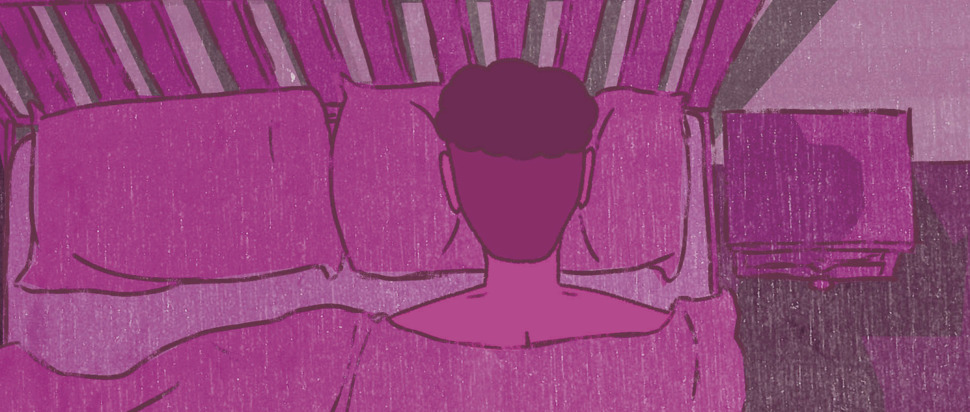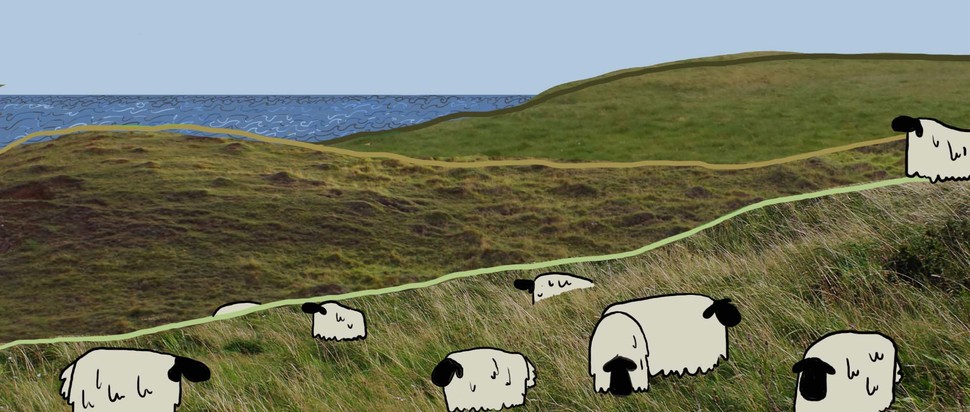ECA Animation Graduates Look to the Future
While most of the film industry ground to a halt during the pandemic lockdowns, animators continued to work industriously in isolation. We speak to three recent graduates from Edinburgh College of Art to hear what their future holds
The pandemic was an unmitigated disaster for most industries, causing profits to plummet and forcing workplaces to drastically change the way they function. Yet, talking to young animators in Edinburgh, there’s a sense that lockdown has been more of a blessing than a curse in their field.
“The animation industry is one of the few sectors that I think has been doing pretty well during the pandemic,” says 22-year-old animator Alina Brust, who recently graduated from Edinburgh College of Art. “It’s easier for animators to work from home than actual film stars so I think that’s been getting more popular.” The shift towards working from home has also made it less difficult for animators living outside of London to build a career; Brust recently applied for a three-month internship with a studio based in London, which she would not have been able to afford if it was in-person.
Not that in-studio work is likely to die out completely. James Crang (22), one of Brust’s fellow graduates, welcomes the growing flexibility but thinks that the siren call of creativity and collaboration will ensure most animators will want to keep coming into the studio. “It’s much nicer to be able to do work with your co-workers, your friends, and actually being involved in it rather than doing it all externally, but I think there’s going to be a lot more leeway on what a studio is doing remote and in-studio.”
However, that increasing accessibility is a double-edged sword. While Brust and Crang’s coursemate Catherine Shaw (22) is glad that the industry is beginning to open up to more people, she’s also aware that the resulting competition will make her life harder. “I think there are a lot more jobs than there were before but also there are so many people wanting to become animators,” she suggests. “It’s so easy to find them all online that it’s harder to stand out amongst all of that.”
All three remain largely optimistic about the path the industry is following. Shaw is keen to emphasise that, although there is undoubtedly still room for improvement, animation is becoming far less homogenous than it once was. “There still aren't enough women in the highest positions, and there’s still not enough access for minorities,” she says. “But that’s improving a huge amount. People who are hiring now are way more likely to be inclusive employers.”
Meanwhile, Crang notes that studios are becoming more willing to take risks. He points to the success of Sony’s animated 2018 superhero film Spider-Man: Into the Spider-Verse as an example of major studios experimenting with unique animation, rather than mimicking Disney’s house style. However, he believes there is still a way to go before the industry can fulfil its potential. “What I’d like to see happening is animation being treated more like a medium, rather than a genre,” he says. “It’s very rare to have adult animation, especially for films, and that really needs to change because animation is such an impactful storytelling medium.”

For now, though, they are focusing on getting their films in front of audiences. All three are entering films into festivals, a process that can take months. Crang has had his final project, a queer romance titled The Magentalman and the Gentlemint (pictured), accepted by a number of festivals, including Last Frame Queer Fest. Meanwhile, Brust’s short film An Taigh Solais, which follows an elderly shepherd, premiered at Edinburgh International Film Festival in August and will be entered into the Celtic Media Festival and MG Alba's short film competition, FilmG. Likewise, Shaw is planning to apply to FilmG when she promotes her short film The Night Library, a story about rejecting apathy and embracing curiosity.
In the meantime, they are aiming to work more traditional jobs to help pay the bills. Both Shaw and Crang are searching for part-time work while they build their portfolio. And Brust is currently employed at a renewable energy company, where she creates short videos explaining more about the services they offer. Although she would like to work on a major film at some point, she's enjoying the current gig. “I’m actually doing animation work, which is crazy.”
Though they may be facing an increasingly competitive industry, all are optimistic that animation is changing for the better. With accessibility, diversity and individuality on the rise, a new golden age of animation could be on the horizon.
